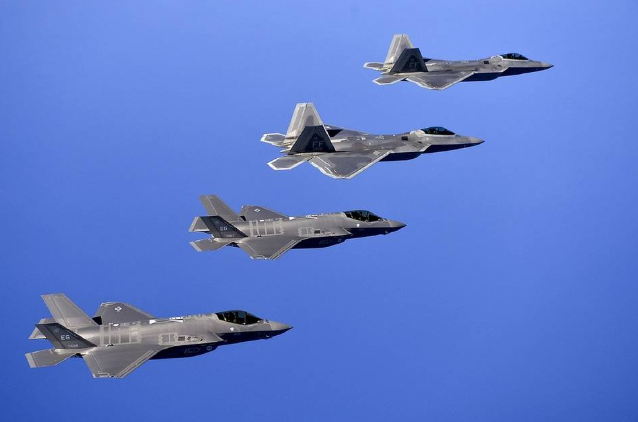
In contemporary air combat, a fighter’s wing is more than a lifting surface a determinant of speed, stealth, and manoeuvrability. One small change in geometry may result in dodging radar or bleeding energy in a high‑G turn. Physics for such shapes is complicated, but engineering judgments are thoughtful, rational, and sometimes mission‑specific.
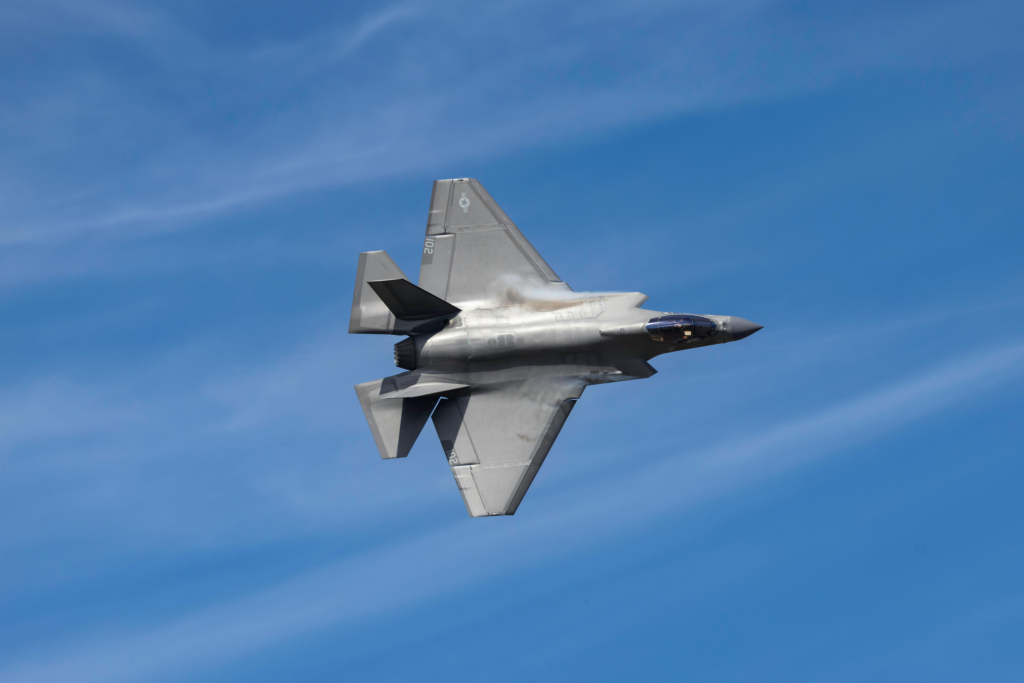
Why it’s urgent now is the rate of innovation. From timelessly classic swept-back shapes to adaptive wings that change form on a wingtip, engineers are stretching aerodynamic limits to address competing needs high-speed intercept, low-observable shapes, and ultra-agility. This list unpacks the most significant wing geometry factors that will characterize fighter jets today and tomorrow, with the trade-offs and innovations that underlie air dominance.
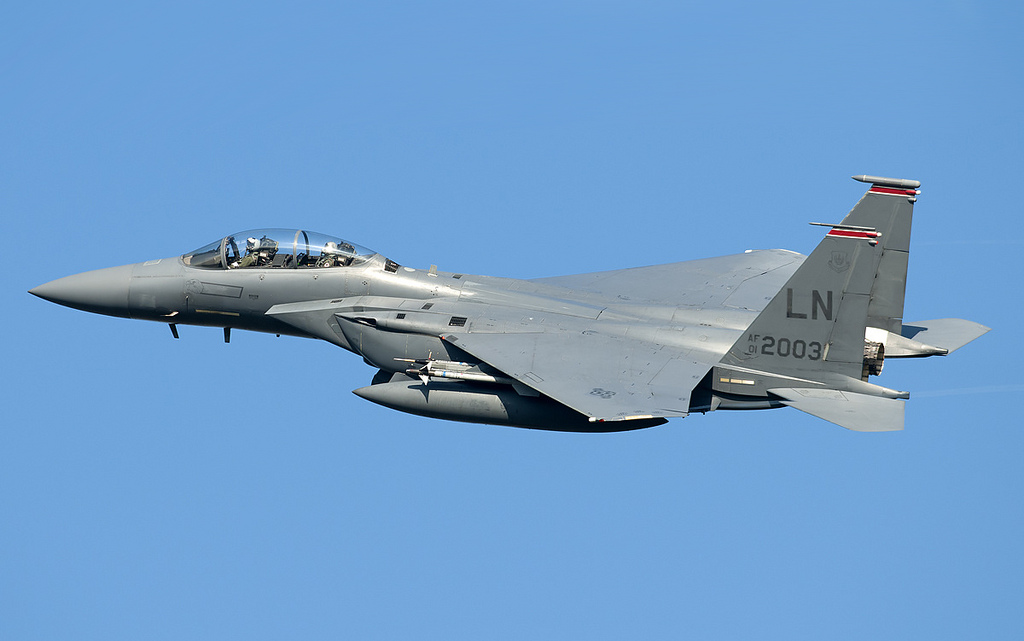
1. Swept-Back Wings for Transonic Efficiency
Swept-back wings on planes like the F‑15 Eagle and MiG‑29 bend air to the side, which delays shockwave formation just below Mach 1. This characteristic decreases wave drag, enabling smoother, more energetically efficient transonic acceleration. Since it decreases low‑speed lift, or as it’s more commonly called, low‑speed stability, designers make up for it with high‑lift devises like flaps and leading‑edge slats.
At high speeds, the aerodynamic advantage comes as no surprise minimum drag for maximum range and speed. But during close‑quarters manoeuvres or landing approaches, pilots will inevitably use these wingtip auxiliaries to control the aircraft. This two‑fold performance trait sees swept wings as a balanced compromise for multirole fighters, but they require exact handling at slow speeds.

2. Delta Wings for High-Speed Agility
Delta wings, having a three‑sided planform, are best in strength as well as high‑speed endurance. Such wings are employed in fighter jets such as the Su‑57 and Dassault Rafale for high‑rate ascents as well as compact turns, not requiring lengthy, flexible wing constructions. Delta wings, as reported by Aerospace Engineering Review, 2025, maintain lift at high angles of attack, making aggressive maneuvers possible with no stalling.
But high landing speeds and high control input during low altitude landing require that pilots receive training for accurate approach control. Robustness and maneuverability suit it best for strike missions as well as air combat, but not for short‑field landing operations.
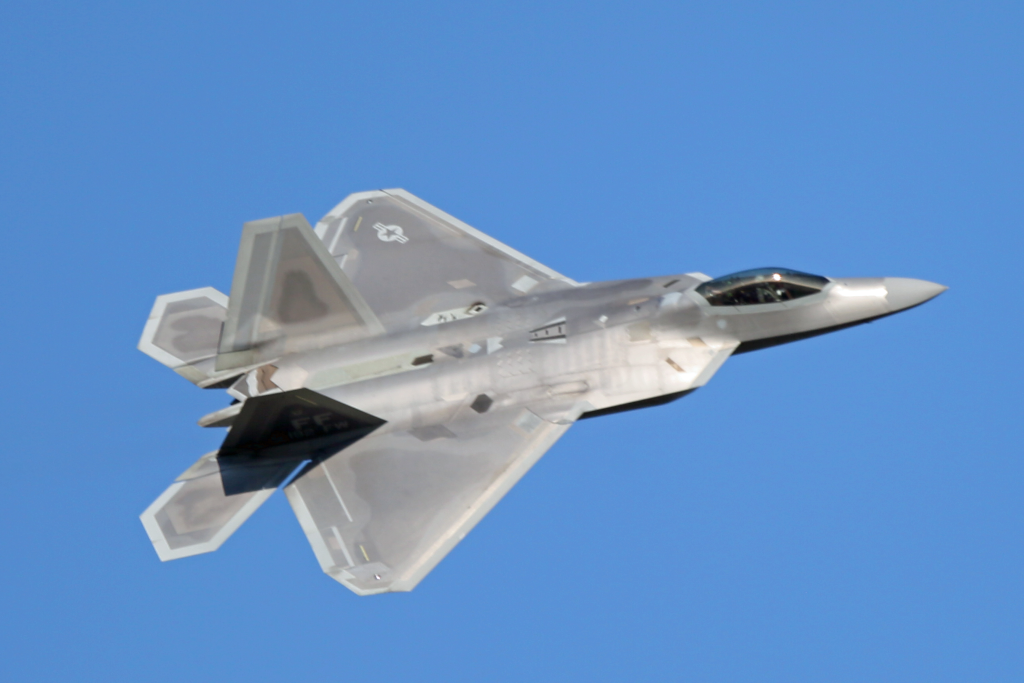
3. Combat Performance Trade‑Offs with Aspect Ratio
The aspect ratio of a wing the span divided by chord length affects directly efficiency in lift and manoeuvrability. Low aspect-ratio fighters, like the F‑22 Raptor, are more agile but more prone to high induced drag. High aspect-ratio wings, which are characteristic of airliners, increase lift efficiency as well as fuel efficiency but decrease roll rate and responsiveness.
Structural considerations enter into it as well. Long wings will have greater bending moments, which require heavier reinforcement, this again eliminating aerodynamic gains. On combat aircraft, where immediate roll and pitching demand require control over cruise efficiency, aspect ratios are intentionally kept low for tactical advantage.
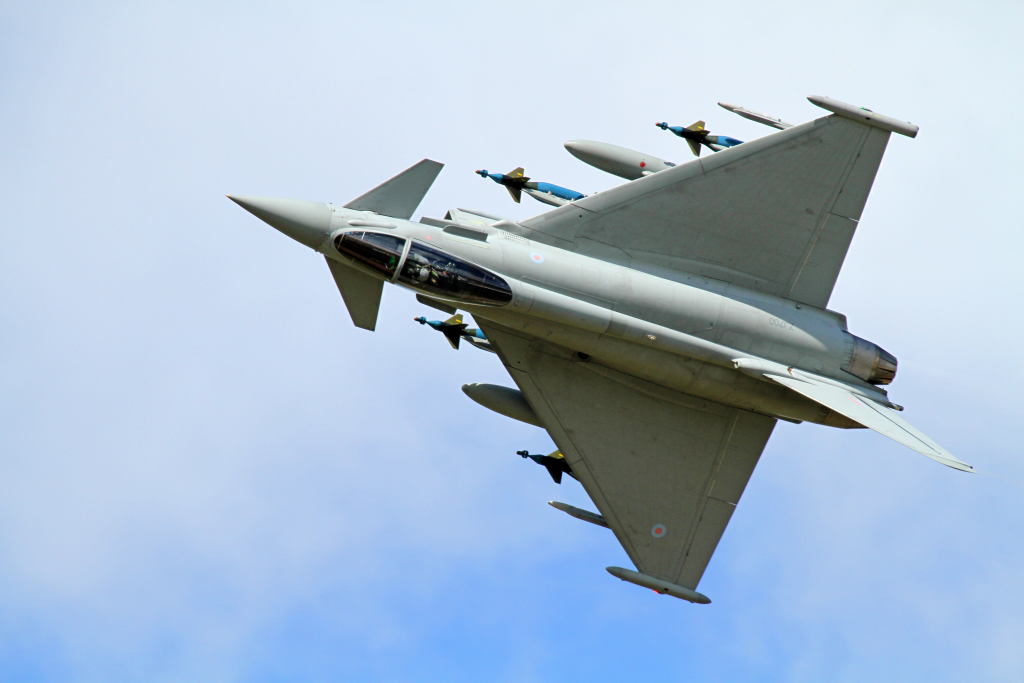
4. Canard Configurations for Extreme Pitch Control
Canards, placed in front of main wings, produce positive lift with instantaneous pitch authority. NASA studies refer that such layout decreases drag as it more evenly disperses lifting forces, enhancing agility with fuel efficiency. Fighter planes such as Gripen along with Eurofighter Typhoon utilize canards in order to enhance dogfight maneuvering. Close‑coupled canards are safely stable at about 35° angle of attack, as opposed to about 25° for typical tails.
This results in tighter turns and greater control during high‑AOA engagements. Canards also usually stall first, which pushes the nose downwards before stalling of the main wing a built‑in safety factor during aggressive maneuvering.

5. Controlled Instability for Fast Response
Modern fighters are often designed with relaxed static stability, intentionally making them aerodynamically unstable to boost agility. The F‑16 Falcon, for example, positions its centre of gravity slightly aft of the thrust line, enabling rapid pitch changes. Fly‑by‑wire systems continuously adjust control surfaces to maintain stability, allowing tight turns and quick energy recovery.
This system requires high-end flight control software as well as redundant units, but the return is outstanding responsiveness. During combat, instability under control allows pilots to make use of manoeuvre envelopes that would be unattainable with naturally stable aircraft.
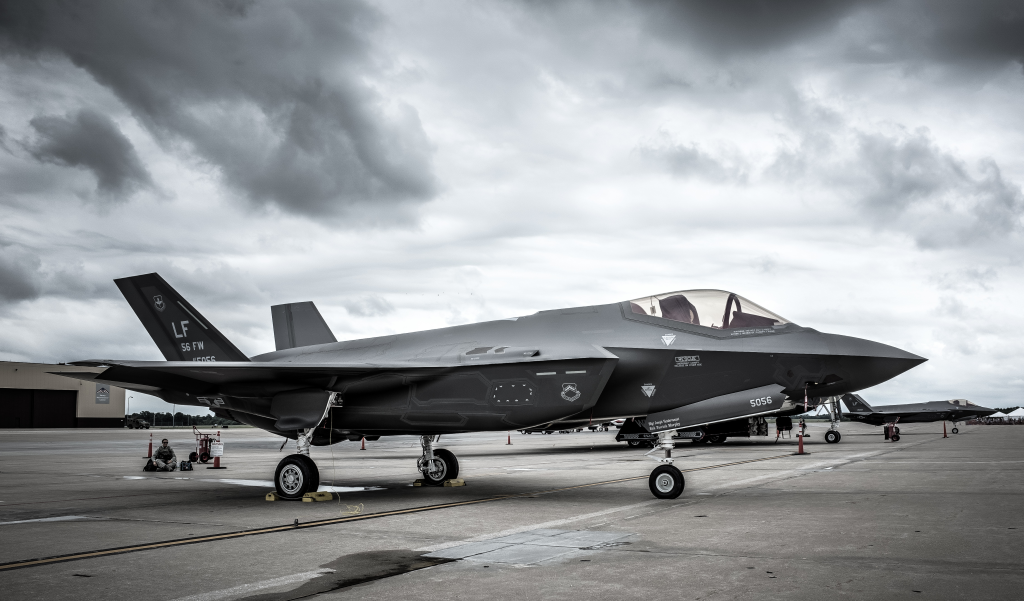
6. Stealth‑Driven Wing Integration
Stealth requirements altered wing shapes. F‑35 Lightning II mingles its wings with its fuselage such that no hard angles characteristic of radar are present. Consistent, smooth curves reduce radar cross‑section with no compromise of aerodynamic efficiency.
The Chengdu J‑20’s delta‑canard configuration strikes a balance between lift and stealth, facilitating sustained altitude performance while hiding sensors. In both, wing geometry fulfills two functions aeropropulsive performance as well as management of electromagnetic signature.

7. Adaptive and Morphing Wing Technologies
The next-generation fighter aircraft, FCAS, and Tempest are experimenting with adaptive wings, which alter their form during mid‑flight. Technologies like Adaptive Aspect Ratio (AdAR) morphing wing and Mission Adaptive Compliant Wing (MACW) have been seen with a reduction in drag of up to 25% as well as a 40% increase in control power. Morphing skin, made possible with novel materials as well as AI‑based control, provides for active optimisation of lift‑to‑drag ratio over flight regimes. Though full‑span morphing provides maximum efficiency, partial morphing, being simpler in certification and maintainability, remains more viable for near‑term application. With such technologies, agility, stealth, and fuel efficiency will likely come together in ways that fixed‑geometry wings cannot.

The fighter aircraft wing design is a convergence of innovation, mission need, and physical science. All of the choices from sweep angle to morphing capability are accompanied by compromises between speed, stealth, and manoeuvrability. With maturing adaptive technologies, bygone compromises in wing design will fade as aircraft will be able to change their aerodynamics in real time. For military planners as well as aerospace engineers, who exercise control over such factors, it will mean a new era for air combat.

